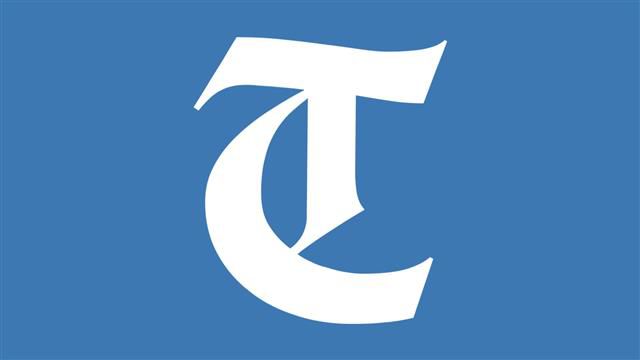Tribune News Service
The Delhi Jal Board (DJB) has started generation of biogas power from its 45 MGD sewage treatment plant (STP) at Kondli.
The plant has started producing 10,000 KWH per day which will increase further in the coming days. Apart from Kondli, biogas-based plants have also been commissioned by the DJB in Okhla and Rithala STPs. At Okhla STP, 12,000 KWH and at Rithala STP 20,000 KWH power is being generated daily, said an official of the DJB.
At present, 30 to 35 per cent of the power demand of these plants is met from the electricity generated in hours by the DJB from its biogas-based plants. This is also reducing dependency of DJB on power supply from the Discoms, the official said.
He said that DJB has plans to install biogas-based power generation in all its sewage treatment plants wherever technically feasible. In case of future STPs, at the planning stage itself, power generation will be made an integral part of the scope of work for construction of new plants. In the coming days, power generation will start at Pappan Kalan, Nilothi, Yamuna Vihar and Delhi Gate.
The DJB has set the target to increase the generation capacity to 70,000 KWH of power per day from its plants by the end of current year. This will save at least Rs 20 crore per year in the power bill of the DJB.
DJB plugged 310 leakages in pipelines
The Delhi Jal Board (DJB) has plugged 310 leakages in water supply lines and claimed to have saved millions of litres of water.
The DJB Chief Executive Officer (CEO) S. S. Yadav has constituted 20 special squads for detection of leakages. The squads patrol the city round the clock, especially during the time of supply to detect the leakages.
The squads have been equipped with the latest instruments and gadgets to detect hidden leakages. Leakages detected are plugged immediately, he said.
The CEO said that DJB has developed a state-of-the-art geographical information system (GIS). The leakages detected are plotted on the GIS maps. This gives instant information to DJB about the areas vulnerable to hidden and surface leakages. Equipped with this data, the DJB has prepared a plan of action to replace the pipelines which will be executed in the current financial year. Replacement of pipelines will help in reducing the number of leakages in the vulnerable areas in future.
Unlock Exclusive Insights with The Tribune Premium
Take your experience further with Premium access.
Thought-provoking Opinions, Expert Analysis, In-depth Insights and other Member Only Benefits
Already a Member? Sign In Now










